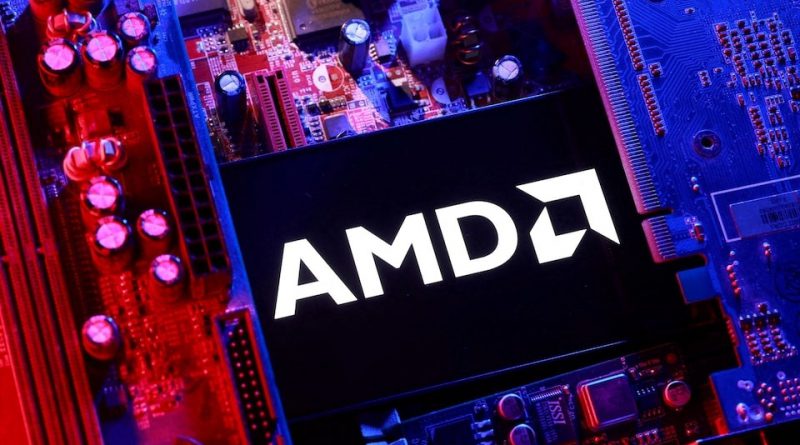IBM and AMD bring quantum power to reality
In a leap toward practical quantum computing, IBM reveals its error correction algorithm can run on conventional AMD chips—making the future of super-powerful, accessible computing closer than ever
IBM has made a breakthrough that could redefine the path toward commercial quantum computing. The company announced that its advanced quantum error correction algorithm can now run on conventional chips made by Advanced Micro Devices (AMD), marking a significant step toward bringing quantum capabilities into the mainstream.
Quantum computers have long been hailed as the next frontier in computational power, capable of solving problems that would take traditional computers thousands of years to crack.
However, the major hurdle has always been error correction. Qubits, the fundamental units of quantum computing, are fragile and easily disrupted by even the smallest environmental interference.
IBM’s announcement provides new hope that these challenges can be tackled without needing highly specialized, prohibitively expensive hardware.
IBM’s research shows that the algorithm, first unveiled in June, can run in real time on a widely available chip known as a field programmable gate array (FPGA), manufactured by AMD.
This breakthrough means that IBM’s algorithm is not only viable in a lab setting but can also be deployed on affordable, commercially accessible hardware.
Jay Gambetta, Director of IBM Research, described the development as a “big deal” for both the company and the global tech community. “Implementing the algorithm and showing that it runs ten times faster than what’s required is a major validation,” he said. “It shows that quantum error correction is no longer theoretical—it’s becoming practical.”
This achievement comes as IBM races against industry giants Microsoft and Google, both of which are pushing forward in the quest to develop scalable quantum systems.
Google made headlines earlier this week by unveiling a new quantum algorithm, but IBM’s latest move stands out for its real-world applicability.
By proving that its correction technology can run on AMD’s readily available chips, IBM has set itself apart as a pioneer in bridging the gap between cutting-edge research and accessible implementation.
IBM’s multi-year plan aims to build a fully functional quantum computer, codenamed “Starling,” by 2029. The newly demonstrated algorithm was originally scheduled for release next year, but IBM completed the work a full year ahead of schedule—a signal of the company’s accelerating progress in this high-stakes race.
The partnership-like synergy between IBM and AMD is also worth noting. While not an official collaboration, the compatibility between IBM’s software and AMD’s FPGA chips hints at a future where traditional and quantum systems coexist seamlessly.
This hybrid approach could drastically reduce costs for research institutions, startups, and enterprises exploring quantum computing solutions.
Experts say this advancement represents a turning point in making quantum computing accessible beyond elite laboratories. By running the algorithm on conventional chips, IBM is effectively demonstrating that quantum capabilities can be integrated into existing technological infrastructures.
That means smaller companies, universities, and developers could soon experiment with quantum-enhanced applications without needing to invest millions in specialized equipment.
IBM’s momentum in the quantum space reflects its broader vision for the decade ahead—a world where quantum computing moves from experimental novelty to industrial tool.
The company’s focus on error correction underscores a pragmatic approach: before quantum computers can achieve supremacy, they must first achieve reliability.
Beyond the technical triumph, IBM’s achievement carries a broader message about collaboration, adaptability, and the future of computing.
In an era where the boundaries between hardware and software are blurring, this milestone shows that innovation doesn’t always require starting from scratch—it can come from reimagining what already exists.
With this new development, IBM has not only strengthened its position as a leader in the quantum race but also reignited global optimism about the technology’s future.
The fusion of IBM’s algorithmic innovation with AMD’s conventional hardware could accelerate quantum research across industries—from finance and medicine to logistics and artificial intelligence.
As quantum technology continues to evolve, the line between the classical and the quantum world is beginning to fade. Thanks to IBM’s early and decisive strides, the day when quantum computing becomes a part of everyday digital life may arrive sooner than anyone expected.
In a world increasingly powered by data and computation, IBM’s announcement stands as a reminder that the next revolution in technology might not come from distant possibilities—but from harnessing the power of what we already have.


